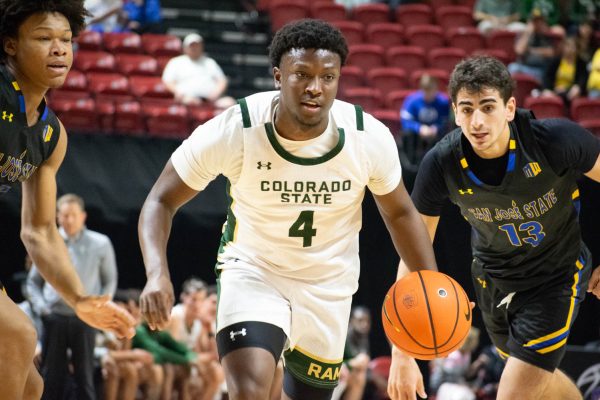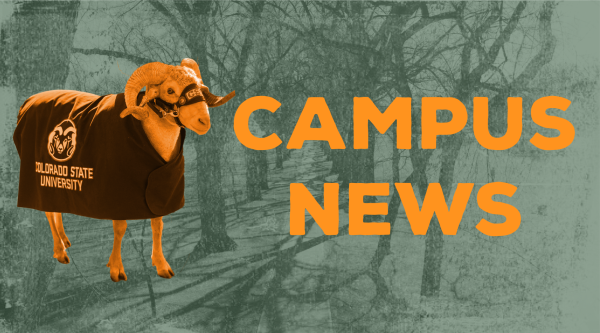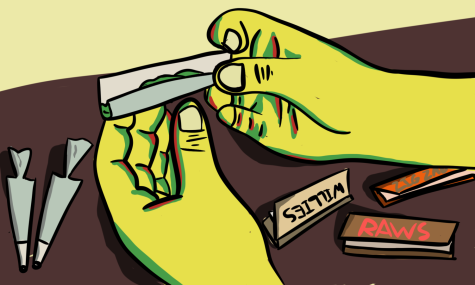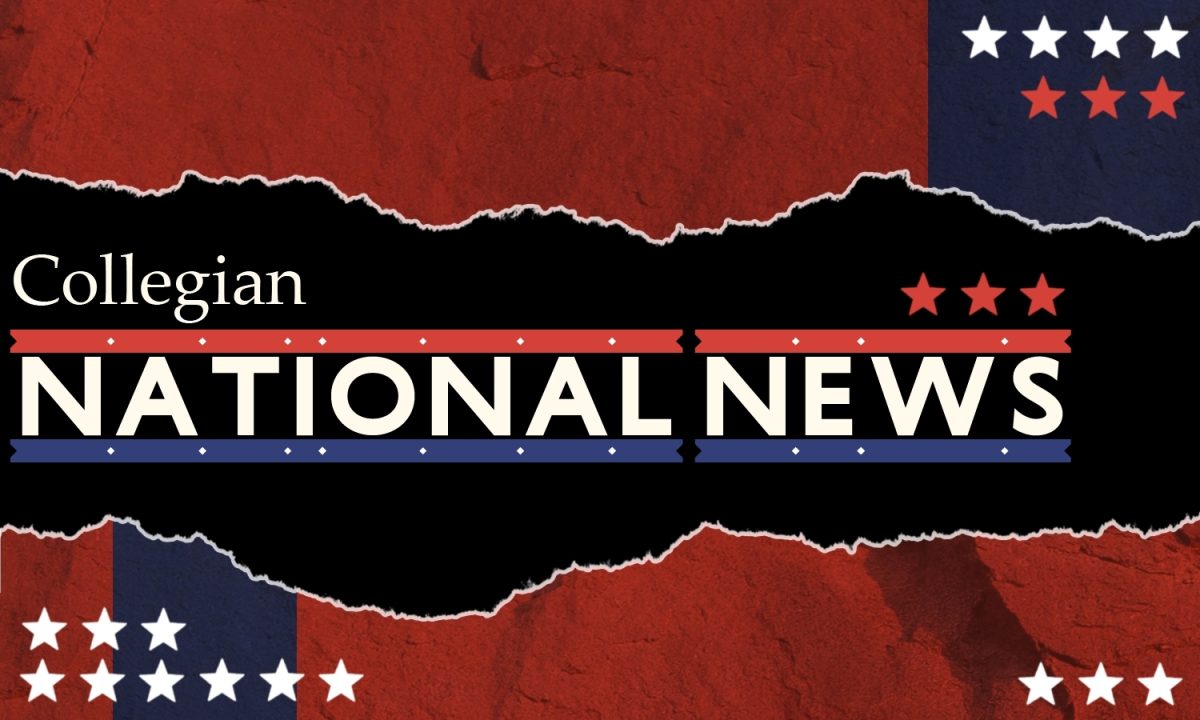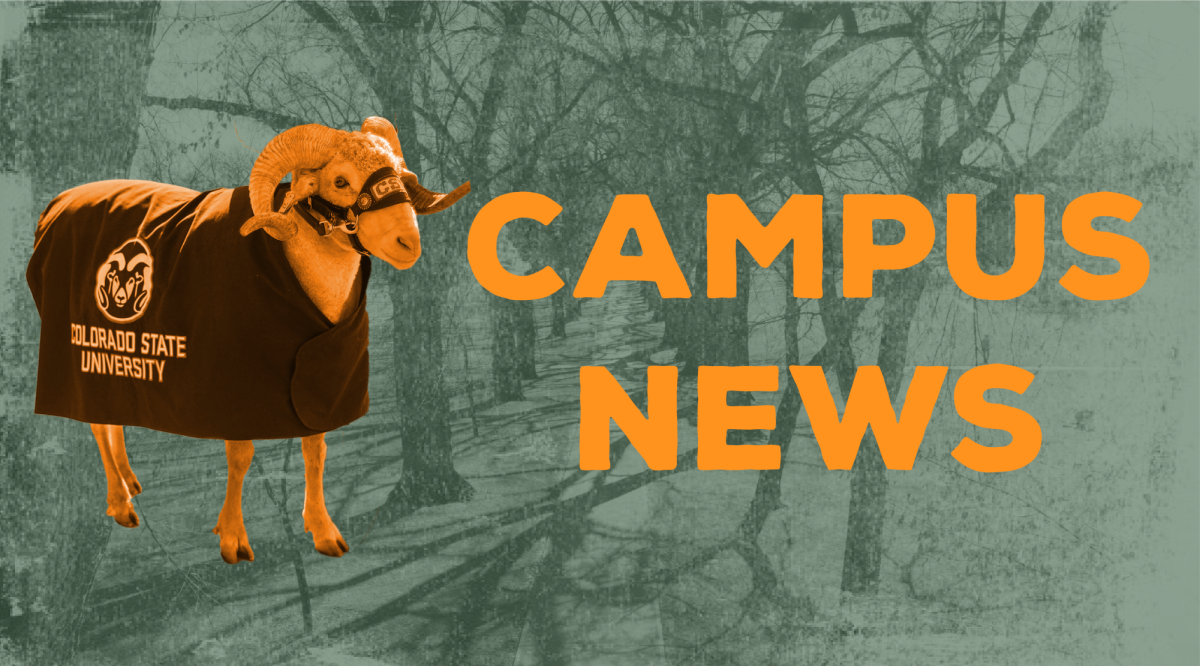In high school they told you, “No tweeting in class.” Now it’s a requirement in college.
Ad
Many professors have begun using social media in classes as a way to share information and stay in contact with students, including journalism and technical communications instructor, Clarissa Crozier, who asks her students in each class to sign up for Twitter accounts and has Facebook groups.
“We do it for contact and answering questions,” Crozier said. “If they have a question and I can’t get to it immediately, they can put it on Facebook or Twitter and somebody else may tweet them back — it’s quicker than if they had to wait for me to email them.”
Crozier also has her Newswriting 210 students put their writing on Twitter and Facebook so that other students can read and comment and fulfill their participation grade — looking at peers’ work and providing feedback.
Some professors are taking it one step further by designing assignments and entire projects around social media sites like Twitter and LinkedIn.
Computer science instructor Russ Wakefield has his Personal Computing 110 students build their own LinkedIn profiles in the hope of better preparing them for life in the “real world.”
“LinkedIn has become the tool that everyone uses to stay in touch once they start their professional careers,” Wakefield said. “It’s important that the kids be able to represent themselves in that arena and in a professional way.”
The semester starts off with students creating their profiles and ends with them linking it to a professional website of their own creation.
“I have them link the two so that they get used to representing themselves in electronic media,” Wakefield said.
One of the most unique uses of social media at CSU is history instructor Robert Jordan’s use of Twitter. He’s created a semester-long project in which students create accounts that will detail some of the biggest events in history.
Ad
“They’re getting into groups and over the next fourteen weeks they’re basically going to build virtual museum exhibits,” Jordan said.
Students are divided into groups and given a historical topic to tweet about, such as World War II or the Industrial Revolution. The tweets can be in the form of historical fiction or “live-tweeting” the anniversaries of historical events with details of what was happening at certain times throughout that day.
“I think by putting them in a public space we’re bridging that gap between the University and what we do in the classroom,” Jordan said. “And putting it in the public sphere will hopefully create a discussion. It not only bridges the gap of the University and the public, but it’s something they could even show a potential employer.”
While historical centers and museums have done something similar on Twitter, this is something that has never been done at CSU and to Jordan’s knowledge, is brand new to universities everywhere.
“There are a few Twitter handles that are role models, but as far as a university class doing something like this, I can’t say that I’ve ever seen it done before,” Jordan said. “No one has done something like this before on Twitter, so we’re really excited.”
The divide between classes and social media is closing. Twitter and Facebook are becoming tools for professors to think outside the box and create new ways of engaging students.
“I think it’s a great way to engage with the public and it’s something we should be doing,” Jordan said. “I think we’ll be doing it more and more as people step into the digital space and put things into the public domain.”
Collegian Senior Reporter McKenna Ferguson can be reached at news@collegian.com.



